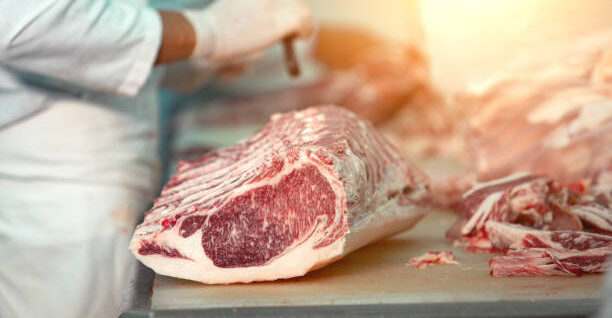On May 17, 2024, the USDA’s new “Product of the USA” rule took effect nationwide. At your local meat counter, “Product of the USA” now has a new meaning. Previously, labels using “Product of the USA,” “Made in the USA” and use of the American flag imagery could be used whenever any single part of the processing of meat, poultry and eggs occurred within the U.S. This meant that even where the only processing involved was repackaging on U.S. soil, labels could claim that the product was “Made in the USA.” In a 2022 USDA conducted study, 63% of consumers mostly incorrectly believed that “Product of the USA” meant that all production steps occurred in the U.S., an additional 21% reported not knowing what “Product of the USA” meant, while only 16% of consumers could correctly define this marketing claims.[i]
On March 11, 2024, USDA Secretary Tom Vilsak announced USDA’s new rule for labeling meat, poultry, and eggs as “Product of the USA” or “Made in the USA,”, as well as the use of the American flag on labels. Under the new rule, these claims may only be used if the product is derived from animals born, raised, slaughtered, and processed in the United States. Meaning, every step from birth to processing must be done in the U.S. in order to use these marketing claims. The same is true whether it is a single-ingredient product, such as ground beef, or a multi-ingredient product such as pork sausage. With the exception for spices and flavorings, which may be of foreign origin, each individual ingredient must be of U.S. origin and entirely processed within the United States. Compliance for those choosing to use these marketing claims is mandated by January 1, 2026. The new rule is intended to better align with consumer understanding of the label claims. In the announcement of the new rule, Vilsak stated that consumers should be able to rely on the packaging claims of meat, poultry and egg products which they are purchasing, without hidden nuances and misleading claims.
As we saw with country-of-origin labeling (COOL), Mexico and Canada have openly expressed objection to the new Product of the USA rule in terms of compliance with existing trade agreements, suggesting that the rule violates the United States-Mexico-Canada Agreement (USMCA) and U.S. obligations to the World Trade Organization by discriminating against Mexico and Canada exports and ignoring economic integration principles. Further, Mexico alleges that the rule hinders binational production chains, ignores North America’s extensive integration of meat and livestock industries, and may result in food chain disruptions.[ii] It is anticipated that the countries will consult and work towards a mutually agreeable resolution, as is first required by USMA’s dispute resolution process.
This conflict follows on the heals of a U.S.-Mexico USMCA dispute regarding Mexico’s ban on biotech and genetically modified (GM) corn, initially in tortillas and dough, with the intent to gradually ban the use of biotech and GM corn in all products intended for human and animal consumption. The U.S. alleges that Mexico’s ban is not based in science and undermines market access guaranteed by the USMCA. In August of 2023, the U.S. established a dispute panel under provisions of the USMCA in an effort to ensure that U.S. producers continue to have “full and fair access to the Mexican market.”[iii] A hearing on this dispute is scheduled for June 2024 with an expected report and decision by the dispute panel in November 2024.
[i]https://www.fsis.usda.gov/sites/default/files/media_file/documents/Product_of_USA_Consumer_Survey_Final_Report.pdf
[ii] Gobierno De Mexico, Press Release form the Ministry of Agriculture. March 11, 2024. https://www.gob.mx/agricultura/prensa/press-release-from-the-ministry-of-agriculture
[iii] Office of the U.S. Trade Representative, Press Release. August 17, 2023. https://ustr.gov/about-us/policy-offices/press-office/press-releases/2023/august/united-states-establishes-usmca-dispute-panel-mexicos-agricultural-biotechnology-measures
Friedel, Jennifer. “Product of the U.S.A. Rule and Trade Implications.” Southern Ag Today 4(24.5). June 14, 2024. Permalink











